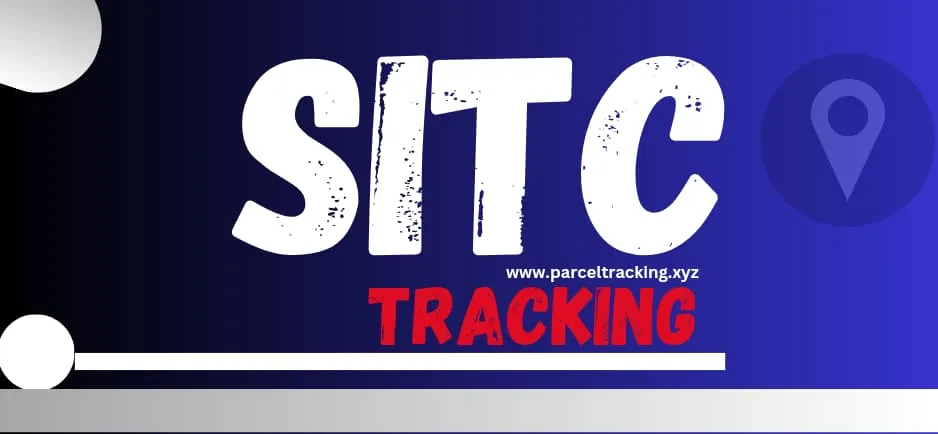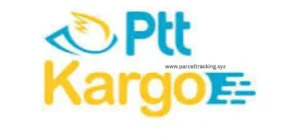SITC Tracking plays a vital role in how countries keep track of what they buy and sell with each other. Think of it as a giant organizing system that helps everyone speak the same language when talking about trade. Let’s explore how this system works and why it matters in our connected world.
What is SITC Tracking?
The Standard International Trade Classification (SITC Tracking) is like a big filing system for all the things countries trade with each other. Created by the United Nations, it helps everyone use the same names and numbers for products, making it easier to understand global trade patterns.
How SITC Tracking Works
The Classification System
SITC Tracking organizes products into different levels, kind of like organizing books in a library. At the top level, there are ten main groups:
The first level includes basic categories like:
- Food and live animals
- Drinks and tobacco
- Raw materials
- Fuels and energy
- Oils and fats
- Chemicals
- Manufactured goods
- Machines and vehicles
- Other manufactured items
- Special items not classified elsewhere
Each of these big groups then breaks down into smaller, more specific categories, like sorting books first by subject, then by author, and then by title.
Tracking Process
When countries trade goods, they use SITC Tracking codes to label everything that crosses their borders. It’s like putting a special tag on each product that tells everyone exactly what it is. These codes help:
- Count how much of each product moves between countries
- Keep track of trade patterns
- Make sure rules are followed
- Calculate taxes and fees correctly
Why SITC Tracking Matters
For Businesses
Companies use SITC tracking to:
- Find new markets for their products
- Understand what other countries are buying and selling
- Make better decisions about what to make or sell
- Keep track of competition from other countries
For Governments
Countries need SITC tracking to:
- Make smart trade policies
- Watch for unusual trade patterns
- Protect their industries
- Plan their economic growth
For Researchers
Scientists and economists use SITC data to:
- Study how trade affects different countries
- Spot trends in global markets
- Understand how economies are connected
- Make predictions about future trade

SITC Tracking Tools and Technology
Digital Systems
Modern trade tracking uses powerful computers to:
- Record all trade information
- Sort through huge amounts of data
- Create easy-to-read reports
- Spot problems or unusual patterns
Data Collection
Countries collect trade data through:
- Customs declarations
- Port records
- Shipping documents
- Electronic tracking systems
Benefits of SITC Tracking
Better Trade Management
SITC helps make trade smoother by:
- Using standard codes everyone understands
- Making paperwork easier
- Helping solve disagreements
- Keeping better records
Improved Analysis
Good tracking leads to:
- Better understanding of trade patterns
- More accurate economic planning
- A clearer picture of global markets
- Better decisions about trade policies
Risk Management
SITC tracking helps spot:
- Unusual trade patterns
- Possible rule-breaking
- Market problems
- New opportunities
Challenges in SITC Tracking
Keeping Up with Changes
The world of trade keeps changing, and SITC must change too:
- New products appear all the time
- Technology creates new categories
- Old categories become outdated
- Trading methods change
Data Quality
Getting good information can be hard because:
- Different countries might report differently
- Some information might be missing
- Mistakes can happen in recording
- Systems might not work perfectly
Future of SITC Tracking
Technology Improvements
New tools are making tracking better:
- Artificial intelligence helps sort data
- Better computers handle more information
- New software makes tracking easier
- Digital systems replace paper records
Global Cooperation
Countries are working together to:
- Make tracking systems work better
- Share information more easily
- Solve common problems
- Create better standards
Best Practices in SITC Tracking
Accurate Recording
Good tracking needs:
- Careful attention to detail
- Regular checking for mistakes
- Clear communication
- Good record-keeping
Regular Updates
Keeping systems current means:
- Updating classification codes
- Training people on new rules
- Fixing problems quickly
- Staying current with changes
Impact on Global Trade
Economic Effects
SITC tracking helps:
- Make trade fairer
- Find new opportunities
- Protect local industries
- Guide economic decisions
Policy Making
Good tracking information helps countries:
- Make better trade agreements
- Protect their interests
- Support their industries
- Work better with other countries

Getting Started with SITC Tracking
Learning the Basics
To understand SITC tracking:
- Learn the main categories
- Understand how codes work
- Know where to find information
- Practice using the system
Using the System
To use SITC tracking well:
- Follow the rules carefully
- Double-check all information
- Keep good records
- Ask for help when needed
Conclusion
SITC Tracking is a vital tool that helps keep international trade running smoothly. Providing a standard way to classify and track traded goods, helps everyone from business owners to government officials understand and manage global trade better. As technology improves and trade becomes more complex, SITC tracking will keep evolving to meet new challenges.
The system might seem complicated at first, but it’s just a careful way of organizing information about what countries buy and sell from each other. Whether you’re a student learning about global trade, a business person planning to sell products in other countries, or just someone curious about how international trade works, understanding SITC tracking helps make sense of our connected world economy.
Remember: Good tracking means better trade and better trade can mean better opportunities for everyone involved in the global marketplace.
Frequently Asked Questions About SITC Tracking
1. What exactly is SITC and why do we use it?
The Standard International Trade Classification (SITC) is like a universal language for international trade. Think of it as a giant filing system that helps countries track what they buy and sell from each other. We use it because when everyone uses the same codes and categories, it’s much easier to understand global trade patterns, make fair trade rules, and keep accurate records. Without SITC, it would be like having everyone speak different languages when trying to describe the same products.
2. How detailed are SITC codes?
SITC classification works in levels, getting more specific at each level. The first level has 10 main categories (marked 0-9), but these break down into much more detailed subcategories. For example, instead of just saying “food” (category 0), you can specify “fresh fruits” and then get even more specific to “tropical fruits.” This detail helps countries track trade very precisely, kind of like having an exact address instead of just knowing which city something is in.
3. Can SITC codes change over time?
Yes, SITC updates happen periodically to keep up with new products and changes in how we trade. Think about how many products exist today that weren’t around 20 years ago, like smartphones or electric cars. When new types of products become important in international trade, SITC gets updated to include them. The United Nations oversees these updates to make sure they make sense for everyone.
4. Who uses SITC tracking in their daily work?
Many people work with SITC codes regularly, including:
- Customs officials who check goods at borders
- Trade analysts who study global markets
- Business people who import or export products
- Government workers who make trade policies
- Researchers who study economic trends
These professionals use SITC tracking to make important decisions about trade and economics.
5. How does SITC tracking help prevent trade problems?
SITC monitoring helps spot unusual patterns that might signal problems. For example, if a country suddenly starts shipping much more or less of something than usual, it might mean there’s a problem like unfair trade practices or incorrect reporting. It’s like having a security camera that watches over international trade to make sure everything follows the rules.
6. What’s the difference between SITC and HS codes?
While both SITC and the Harmonized System (HS) help track trade, they serve different purposes. SITC is mainly used for economic analysis and studying trade patterns, while HS codes are used more for customs duties and tracking specific products. Think of SITC as being better for the big picture of trade, while HS codes are better for day-to-day shipping and customs work.
7. How accurate is SITC tracking?
The accuracy of trade data depends on how well countries record and report their information. Most developed countries have very accurate systems, but some countries might have problems with:
- Missing or incomplete data
- Delays in reporting
- Different ways of measuring things
- Technical problems in their tracking systems
However, SITC is generally considered reliable enough for making important trade decisions.
8. What happens if goods are classified incorrectly?
Misclassification can cause several problems:
- Wrong taxes being charged
- Incorrect trade statistics
- Problems with customs clearance
- Difficulties in economic planning
That’s why everyone involved in trade needs to understand how to use SITC codes correctly and double-check their work.
9. How do I learn to use SITC codes?
Learning SITC classification takes time and practice. Start by:
- Understanding the main categories
- Learning how the numbering system works
- Practicing with common products
- Using official guides and resources
Many organizations offer training programs, and there are online resources that can help you learn the system step by step.
10. How does SITC tracking affect everyday consumers?
While consumers might not directly use SITC codes, trade classification affects them because it helps:
- Keep track of product safety
- Maintain fair prices
- Ensure product availability
- Support international standards
When trade runs smoothly because of good tracking, consumers benefit from better access to products and more stable prices.
These FAQs help explain the basics of SITC tracking while showing how it connects to real-world trade and economics. Understanding these concepts helps make sense of how international trade works and why careful tracking is so important.




Your blog is an excellent resource for anyone interested in learning about a variety of topics. Thanks for all that you do.
Thank you for posting this valuable post. Your ideas are very thought-provoking and the writing is very well articulated. Keep it up!